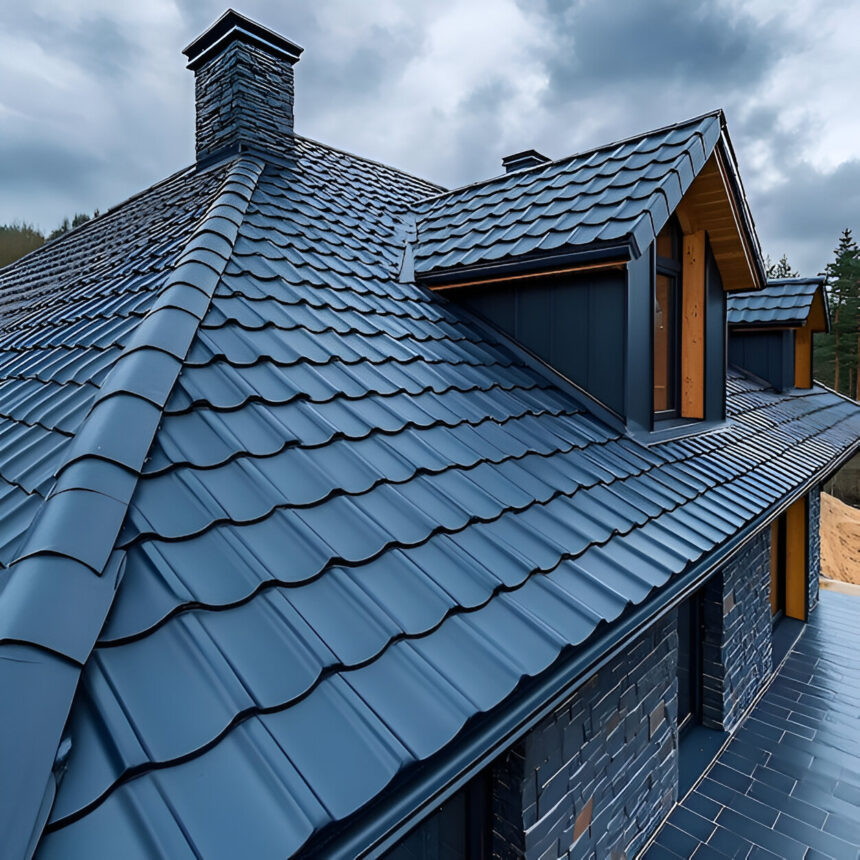Slate roofing has been a symbol of luxury, durability, and beauty for centuries. Its timeless appeal and natural elegance make it a popular choice for homeowners who appreciate both aesthetics and longevity in their roofing material. In this comprehensive guide, we will explore the characteristics, benefits, installation process, maintenance tips, and environmental impact of slate roofing.
What is Slate Roofing?
Slate is a natural stone material that has been used for roofing purposes since ancient times. It is a metamorphic rock that is known for its durability and unique appearance. Slate is available in a variety of colors, including grey, green, black, red, and purple, making it a versatile choice for different architectural styles.
Benefits of Slate Roofing
1. Durability and Longevity:
Slate roofing is renowned for its exceptional durability and longevity. When properly installed and maintained, a slate roof can last for over a century, outlasting most other roofing materials.
2. Aesthetics:
Slate roofing adds a touch of elegance and sophistication to any home. Its natural beauty and rich colors enhance the curb appeal of a property, increasing its value and visual appeal.
3. Fire Resistance:
Slate is a non-combustible material, making it an excellent choice for fire-prone areas. It provides an added layer of protection for the home and its occupants.
4. Low Maintenance:
Slate roofs require minimal maintenance compared to other roofing materials. With periodic inspections and repairs, a slate roof can remain in excellent condition for decades.
5. Environmentally Friendly:
Slate is a natural material that is sourced sustainably. Its long lifespan reduces the need for frequent roof replacements, making it an eco-friendly choice for environmentally conscious homeowners.
Installation Process
1. Preparation:
The installation process begins with preparing the roof deck and ensuring it is structurally sound to support the weight of the slate tiles.
2. Underlayment:
A waterproof underlayment, such as synthetic roofing felt or rubber membrane, is installed to provide an additional layer of protection against water infiltration.
3. Flashing and Ridge Installation:
Metal flashings are installed around roof penetrations, such as chimneys and vents, to prevent water leaks. Ridge tiles are then placed along the peak of the roof for added protection and aesthetics.
4. Slate Tile Installation:
Slate tiles are installed starting from the eaves and working upwards in overlapping rows. Each tile is secured in place using copper nails or hooks to ensure stability and wind resistance.
5. Finishing Touches:
Once all the slate tiles are installed, the roof is inspected for any gaps or loose tiles. Any necessary repairs or adjustments are made to ensure the roof is watertight and visually appealing.
Maintenance Tips
1. Regular Inspections:
Schedule annual inspections by a professional roofer to check for any signs of damage, such as cracked or missing tiles, loose flashings, or debris buildup.
2. Cleaning:
Remove debris, leaves, and moss from the roof surface to prevent water drainage issues and potential damage to the slate tiles.
3. Repairs:
Promptly repair any damaged or missing tiles to prevent water infiltration and maintain the integrity of the roof.
4. Gutter Maintenance:
Keep gutters and downspouts clear of debris to ensure proper water drainage and prevent water from backing up onto the roof.
Environmental Impact
Slate roofing has a relatively low environmental impact compared to other roofing materials. It is a natural material that is harvested from quarries using sustainable practices. Additionally, the long lifespan of slate roofs reduces the need for frequent replacements, which helps conserve resources and reduce waste.
Conclusion
In conclusion, slate roofing combines timeless elegance with exceptional durability, making it a top choice for homeowners seeking a long-lasting and aesthetically pleasing roof. Its numerous benefits, including longevity, fire resistance, low maintenance, and eco-friendliness, make it a wise investment for any property. By following proper installation, maintenance, and care practices, a slate roof can protect and beautify a home for generations to come.





